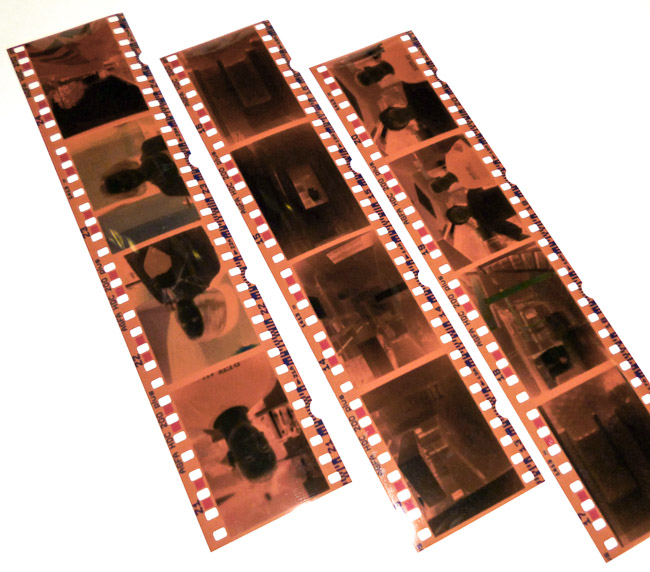2021
pm
Learn To Organize Negative Film Strips for Scanning Written by: Brandon Harris, Smooth Photo Scanning Services

The 35mm negative film strip is often the last technology to be used before people started switching to digital cameras. It was used for a very long time and had a few decades of incredible popularity once it became more widely available and affordable to the general public.
But even though the technology had its time, most of the negative film roll collections today do little else besides collecting dust in attics, storage rooms, or garages, where they are seldom if ever taken out. And that’s a shame when you consider that these film rolls can contain some of the most precious family memories, which can become lost forever over time.
That’s why many people are scanning negative film collections they have accumulated, leveraging the more accessible and easy-to-use digitization tools and services available today.
However, if you want to scan photo negatives, you must first have a reliable way of organizing your film strips for scanning. And that’s what we’ll discuss in this article.
But first, let’s look at why it makes sense to digitize your film strips and how to get started with the process.
Why Should You Digitize Your Film Strips?
For many people, the film strips themselves have sentimental value, making the thought of having them digitized less than appealing. The process of viewing videos in this format does have an appeal and can even bring a person to an earlier time that they cherish.
But no matter how we might feel about it, technology is moving forward. And today, finding ways to view such a film strip is becoming increasingly difficult. And when the film ends up sitting in a storage room without ever being watched, it loses the appeal that the classic format could offer in the first place.
Meanwhile, scanning photo negatives or video negatives means that you will have access to the actual contents of the film strips wherever you might be. Whether you want to watch on your computer, on an external device, or even share with your friends and family through the web, digital file formats make it all a breeze, ensuring that you can enjoy the films without worrying about finding a way to access them.
Another key reason scanning negatives to digital makes sense is that they are at risk of becoming damaged or lost forever. Just as any analog film or photo format, the environment has an impact on its quality, and it’s only a matter of time until the film strips decay beyond repair.
At the same time, storing the film strips in a physical location means that they are always at risk of being damaged or destroyed by accident. Whether it’s flooding, a fire, or even various pests, film strips can be destroyed in an instant with little chance of recovering the footage.
How to Organize Your Film Strips
Scanning negatives to digital can be a complicated process. So, to make it more manageable, it’s a good idea to have your film strips organized in a way that makes it more convenient for you and the people you entrust with digitizing them.
That way, when you receive your digitized copies, you will have them sorted in a way that makes sense to you and is easy to go through.
But what are some excellent organizational tips for sorting film strips?
Well, one popular method is to sort the film sheets by the date that they were taken. That way, you can have a chronological manner to look at different periods, finding something you need based on when the event occurred.
Another way to organize film strips is by type. If you have recorded many family celebrations, you could sort them by birthdays, Christmases, summer vacations, and other memorable events that can be nice to look at through the years.
Finally, if you have many people in the family and want to find film strips with each one, you can organize the film strips by the people in them. That way, you can quickly mix and match various tags, especially once you have the files digitized.
Digitization is Now Easier Than Ever
If you’re still on the fence about whether you should digitize your collection, perhaps the reasons above gave you more peace of mind that it’s the right choice.
At Smooth Photo Scanning, we have the equipment and the experience to handle your film strips with care and produce digital versions that will help you relive the memories in better quality than before. Film negatives enable creating high-quality digital images, but it’s better to get ahead of any deterioration that might occur over time for that to happen.


